Before hitting the highway for the Chinese New Year holiday, I strongly recommend getting a free vehicle inspection at your local 4S dealership. This simple step ensures your car is road-ready and minimizes risks during long drives. For example, our team recently visited a dealership for a checkup and even got a complimentary car wash! In this guide, I’ll walk you through the process, what parts to prioritize, cost concerns, and DIY inspection tips—all in plain language for beginners.
1. How to Schedule a Free Inspection
Step 1: Call Ahead
Start by calling your nearest 4S dealership to ask:
- Is the free inspection service available?
- Are there long wait times?
This avoids wasted trips and ensures smooth scheduling.
Step 2: Visit the Dealership
When you arrive, a service advisor will create a work order. A technician will then inspect critical components such as:
- Tire condition (wear, cracks, pressure)
- Brake pads and rotors
- Coolant levels
- Rubber parts under the chassis (especially important for used cars)
- Common issues (e.g., coolant leaks for specific models)
- Diagnostic scans (checking for error codes)
After the inspection, you’ll receive a detailed repair list via the dealership’s app.
2. Parts to Replace Before Your Trip
While the inspection is free, replace faulty parts immediately if the technician finds issues. Here’s what to prioritize:
A. Tires
- Replace tires older than 6 years, even if they look fine. Rubber degrades over time.
- Cost example:
- Dealership: ~$170 per tire
- Independent shops: ~$140+ per tire
- Tip: Dealership prices may be competitive during holidays, as local shops often close or raise rates.
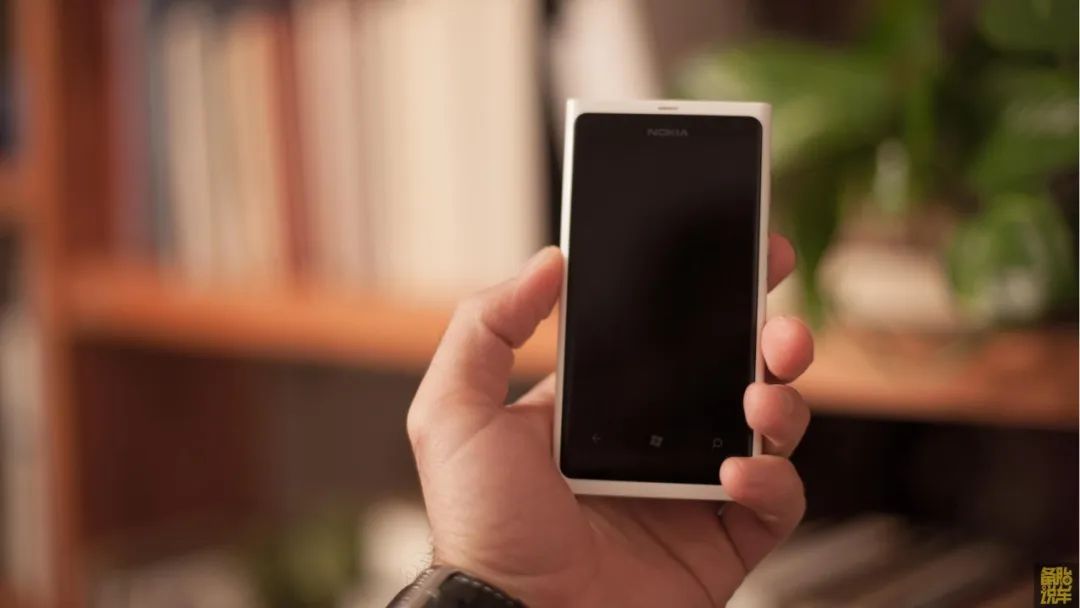
B. Brake System
- Brake fluid replacement:
- Dealership cost: ~$42 (similar to independent shops).
- Some brands offer vouchers, lowering the cost to ~$28.
- Why dealerships? Technicians follow strict protocols, reducing risks like air bubbles in brake lines.
- Brake pads and rotors:
- Independent shops: ~$70 (pads) or ~$140+ (rotors).
- Dealerships: Luxury brands charge ~$140+ for pads, ~$280+ for rotors.
- Consider: Shop availability and trustworthiness during busy seasons.
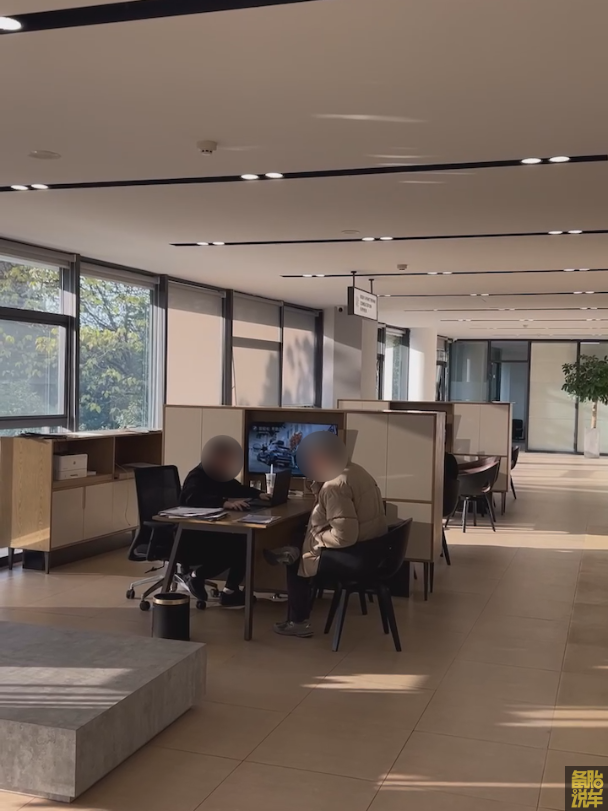
3. Will You Be Charged a “Inspection Fee”?
If you decline repairs, some dealerships might charge a diagnostic fee. Here’s how to avoid surprises:
- Ask upfront: When booking, confirm whether “inspection-only” visits are free.
- Brand differences:
- Luxury brands often include free inspections as a perk.
- Japanese/American brands may charge fees (check online reviews).
- Location matters:
- Cities with multiple dealerships compete on service quality (e.g., free washes).
- Smaller towns with only one dealership may have stricter policies.
Example: Our team paid $0 at a luxury dealership in Hangzhou but faced fees in another city.

4. DIY Basic Car Checks (5 Minutes)
If dealership inspections aren’t free, perform these quick checks yourself:
- Tires:
- Measure tread depth (use a coin; replace if < 2/32″).
- Look for cracks or bulges.
- Fluids:
- Check coolant, brake fluid, and oil levels (markings on reservoirs).
- Lights:
- Test headlights, brake lights, and turn signals.
- Brakes:
- Listen for squeaking or grinding noises.
For a detailed DIY guide, search “basic car inspection checklist” online.
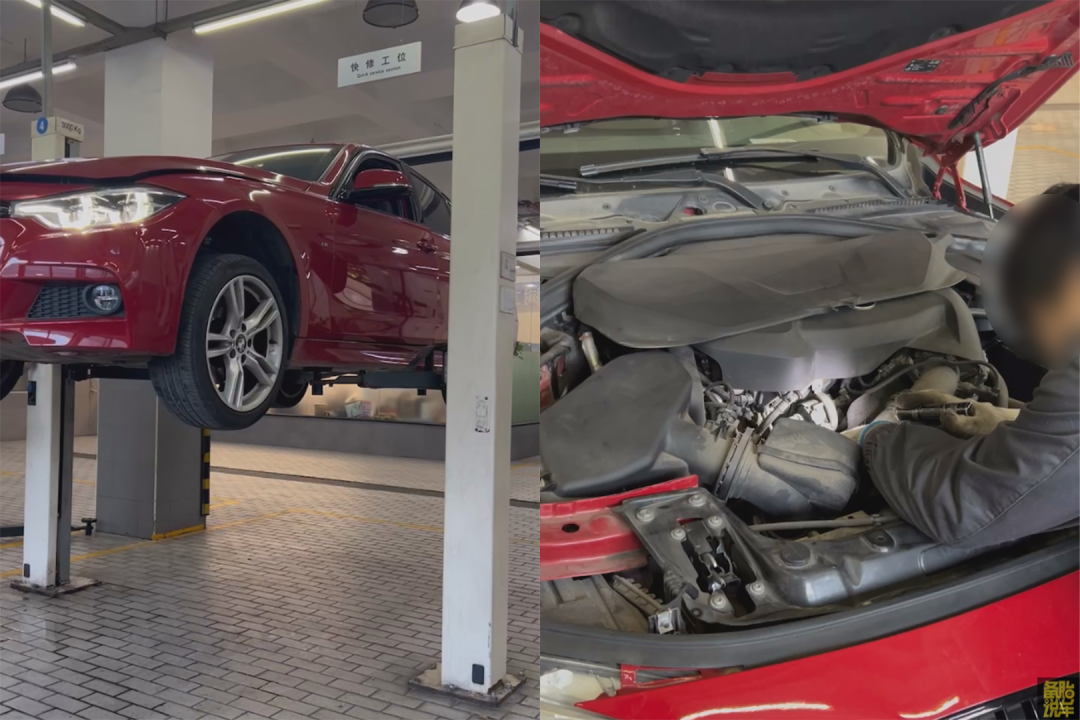
5. Why This Matters
A pre-trip inspection:
- Reduces breakdown risks on busy highways.
- Improves fuel efficiency.
- Extends your car’s lifespan.
Pro tip: Book inspections 1-2 weeks before your trip to allow time for repairs.
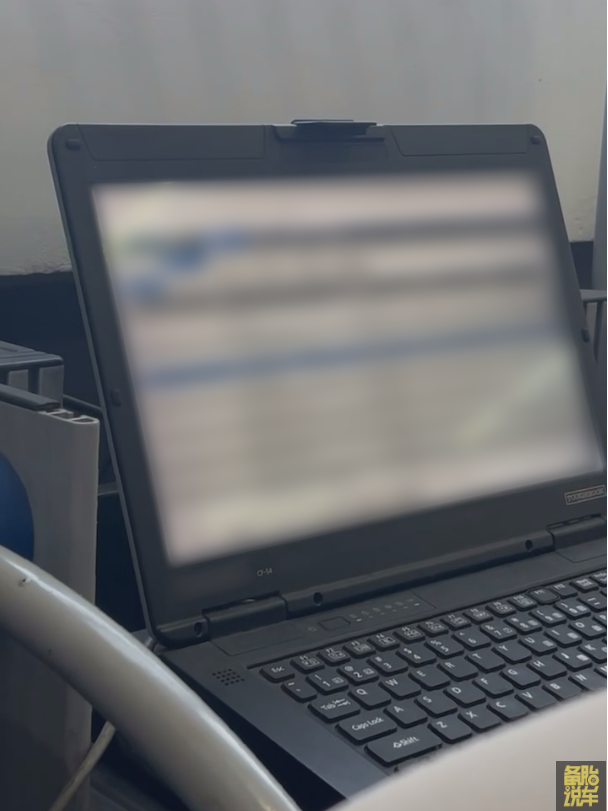
Final Notes
- Keyword focus: Free car inspection, tire replacement cost, brake fluid change, DIY car check.
- Stay informed: Follow reliable auto blogs for maintenance tips.
- Act now: Holiday appointments fill up fast—schedule your inspection today!
By addressing these points, you’ll ensure safer travels and avoid costly roadside emergencies. Safe driving!
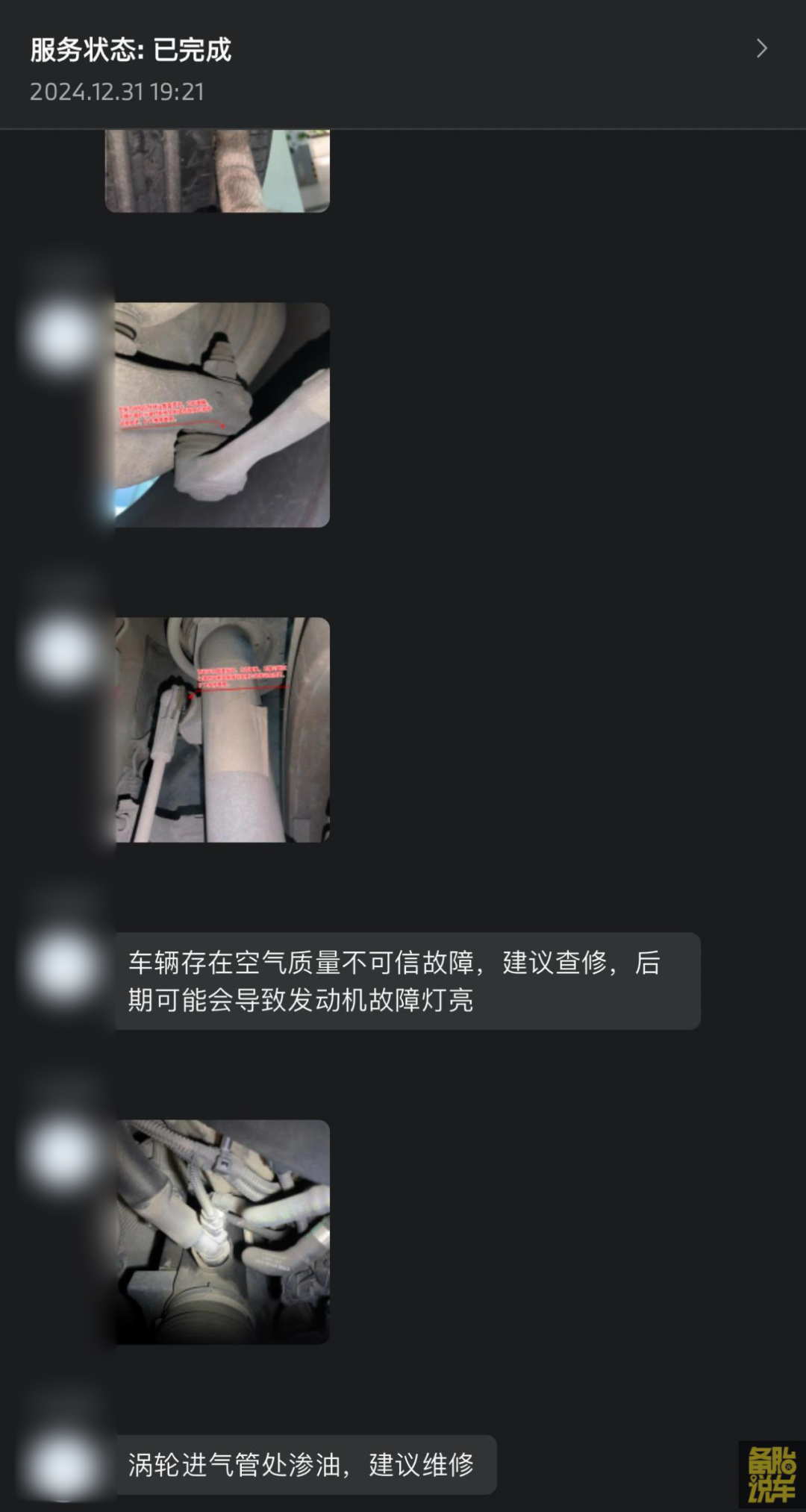
Additional Tips
- Keep an emergency kit in your car, including a flashlight, jumper cables, and a first-aid kit.
- Plan your route in advance and check for road closures or construction.
- Take regular breaks during long drives to avoid fatigue.
